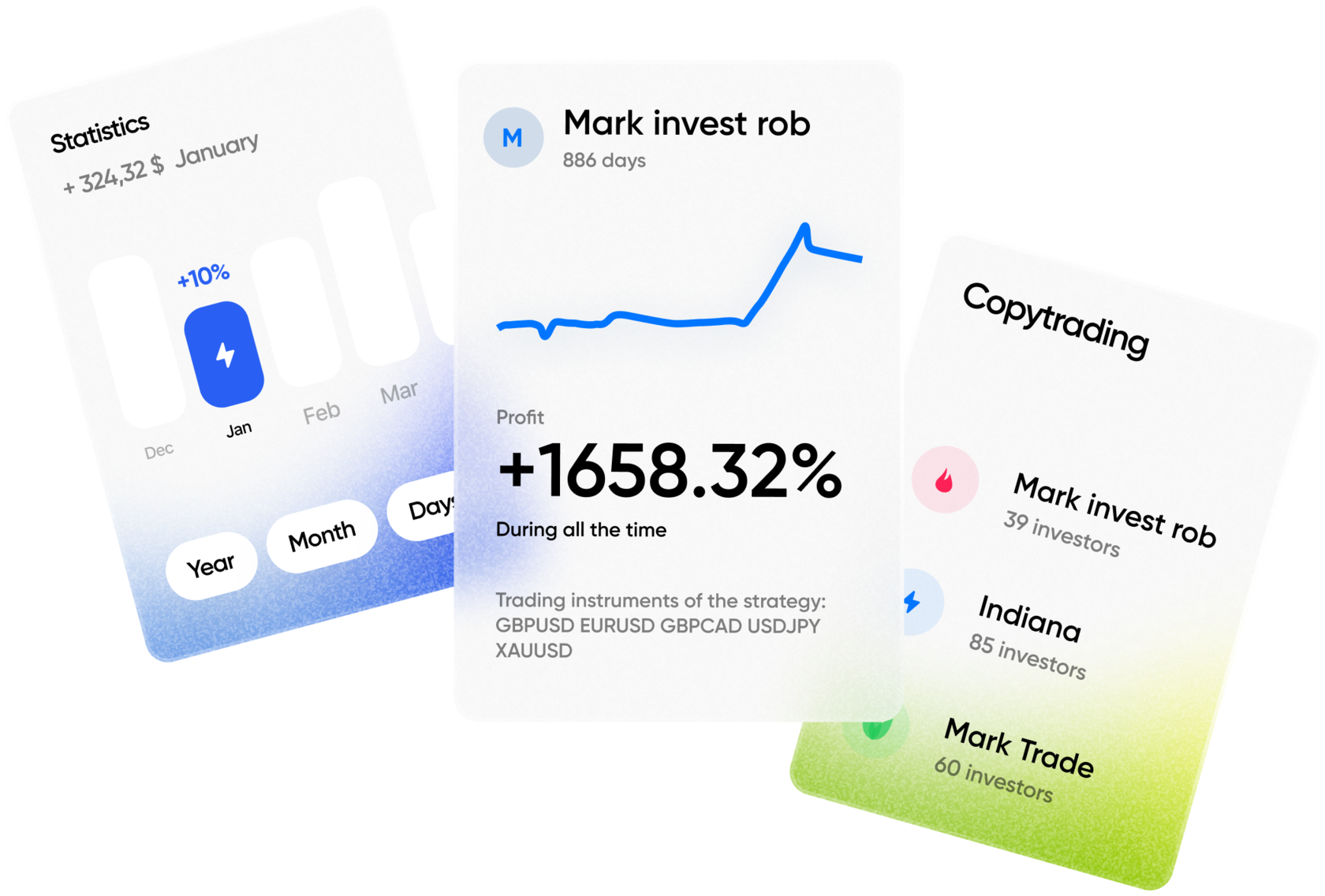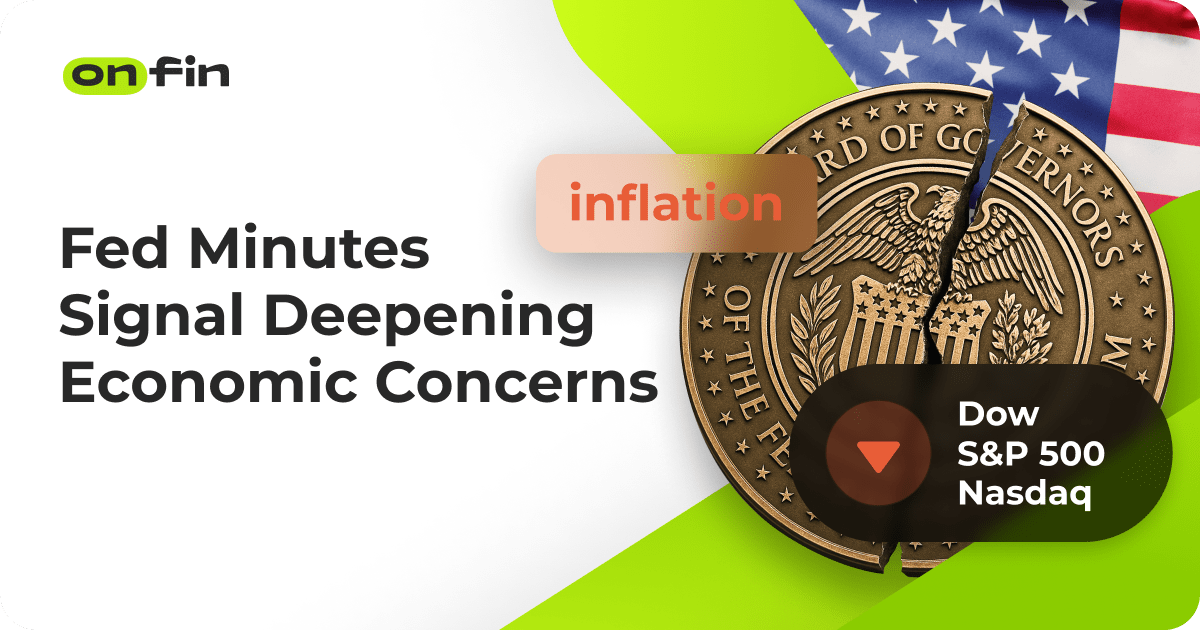The release of the Federal Reserve’s latest meeting minutes on Wednesday sent ripples through global financial markets, as central bank officials expressed growing unease about the health of the U.S. economy. The detailed account, published by the Federal Open Market Committee (FOMC), highlighted the difficult balancing act the Fed may face in the coming months amid simultaneous pressures from rising inflation and a worsening labor market.
According to the minutes, nearly all FOMC members agreed that inflationary pressures remain more persistent than previously expected. Despite earlier hopes that price increases would ease steadily through 2025, the recent data has suggested otherwise, with core inflation indicators remaining elevated across several key sectors—including housing, healthcare, and energy.
Equally concerning is the unexpected uptick in unemployment, which has begun to reverse the gains seen over the past two years. Several participants at the meeting noted that the labor market is showing early signs of strain, especially in sectors such as retail, logistics, and manufacturing. If these trends continue, policymakers could be faced with a stark dilemma: whether to maintain a tight monetary policy stance to tame inflation or shift toward stimulus to support employment and economic growth.
Reuters reports that updated economic projections from the Fed now reflect a higher likelihood of a recession beginning in late 2025. While not yet the base-case scenario, the revised outlook includes a potential slowdown in GDP growth and weakening consumer spending—both of which could compound the challenges facing the central bank.
The minutes revealed that Fed officials are deeply divided on the appropriate policy path forward. Some policymakers argued for keeping interest rates elevated for an extended period to anchor inflation expectations. Others suggested that if labor market conditions deteriorate further, the Fed should consider rate cuts sooner than previously anticipated.
Wednesday’s release weighed heavily on Wall Street. All three major U.S. equity indices—the Dow Jones Industrial Average, the S&P 500, and the Nasdaq Composite—turned sharply lower in the final hours of trading, having already spent much of the day in the red due to risk aversion. Technology and consumer discretionary stocks led the declines, while traditionally defensive sectors like utilities and healthcare saw modest gains.
Market analysts noted that investor sentiment was already fragile ahead of the Fed’s minutes, with traders adopting a cautious stance due to mounting uncertainty around macroeconomic policy and upcoming data. The timing of the release, just hours before Nvidia’s highly anticipated earnings report, further intensified volatility in the markets.
Looking ahead, Thursday’s session is expected to be heavily influenced by Nvidia’s quarterly financial results, which were released after the market close on Wednesday. As one of the most influential companies in the tech sector—and a key component of the AI-driven rally—Nvidia’s performance could either help stabilize sentiment or add to market turbulence.
With inflation stubbornly high, job growth stalling, and central bank policy at a crossroads, the next few weeks are shaping up to be critical for markets, policymakers, and businesses alike. Investors will be watching closely for any new signals from the Fed, as well as real-time economic indicators, to better gauge whether the U.S. is headed for a soft landing or something more severe.







